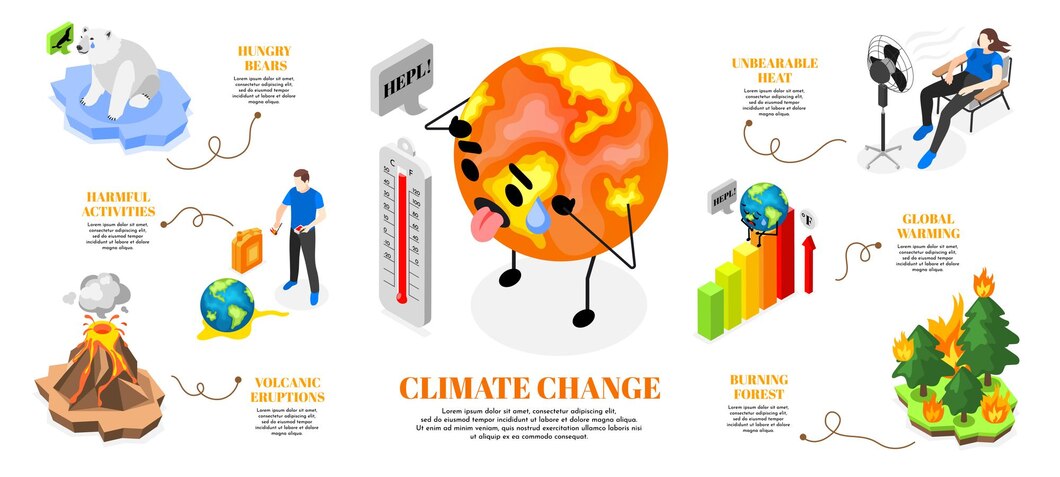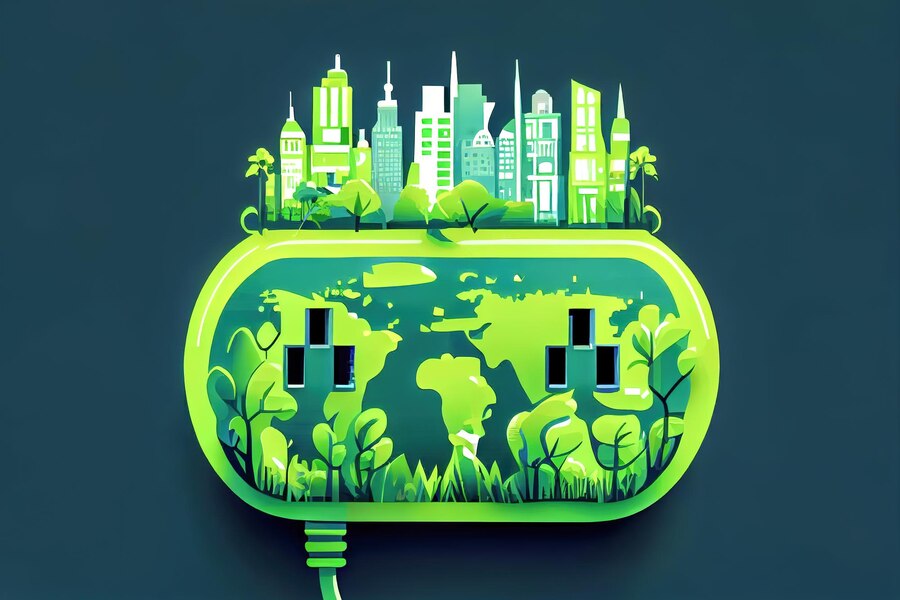 Affiliate Blog Copy – Sell Without Selling. Earn More Now!
Affiliate Blog Copy – Sell Without Selling. Earn More Now!
What Are the Challenges of Implementing Sustainable Technology Innovation?
Written by WikiGlitz » Updated on: June 17th, 2025

Hello from WikiGlitz!
Have you ever wondered what stands in the way of adopting sustainable technology innovations on a larger scale? While these technologies promise to transform industries and benefit the environment, there are several hurdles that prevent widespread implementation. Let’s dive into the challenges companies and governments face when trying to bring sustainable innovations to life.
1. High Initial Costs and Investments
One of the biggest challenges in implementing sustainable technology innovations is the upfront cost. Many of these technologies, such as solar panels, electric vehicles, or energy-efficient machinery, require a significant initial investment. For smaller businesses or developing countries, the financial burden can be overwhelming. While these technologies often pay off in the long term through reduced operational costs, the high startup expenses can deter adoption.
Investment in R&D: Sustainable technologies often require extensive research and development, which can drive up costs even further.
Cost of Infrastructure: Upgrading infrastructure to support these technologies (like installing charging stations for electric vehicles) requires additional funding.
2. Lack of Awareness and Education
Another significant barrier is the lack of understanding and awareness about sustainable technology innovations. Many businesses, particularly in traditional industries, may not fully grasp the long-term benefits of adopting green technologies. Moreover, consumers might not be aware of the sustainable alternatives available, making it harder for companies to justify the investment.
Education Gaps: Both businesses and consumers may need more education on the environmental, financial, and social benefits of these technologies.
Resistance to Change: People are often hesitant to adopt new technologies, especially when they are unfamiliar or seem complex.
3. Technological and Market Barriers
Sustainable technology innovations often face technological challenges that prevent their mass adoption. Many of these technologies are still in the early stages of development, meaning they may not be as efficient, scalable, or cost-effective as traditional options. Furthermore, the market for sustainable technologies may not be fully developed in some regions, which makes it harder to implement on a large scale.
Limited Availability of Technology: Some technologies, like energy-efficient building materials or carbon capture devices, may not yet be widely available.
Scalability Issues: Even if the technology works on a small scale, scaling it up to meet global demand can be a complex and costly process.
4. Regulatory and Policy Challenges
In many parts of the world, the regulatory environment does not yet support sustainable technology innovations adequately. Governments may offer some incentives, but they often lack consistent policies or regulations that promote the widespread adoption of green technologies. Without strong regulatory frameworks, businesses may be reluctant to invest in these innovations.
Inconsistent Policies: Different regions may have varying policies, which can make it difficult for businesses to implement sustainable technologies across borders.
Lack of Incentives: In some countries, there may be little to no government support or incentives for businesses to adopt green technologies.
5. Supply Chain and Resource Constraints
The supply chain for sustainable technology innovations can be limited or inefficient. Many green technologies rely on rare materials or specialized components, which can create shortages or price volatility. Additionally, the production processes for some sustainable technologies may still be resource-intensive, leading to questions about their overall environmental benefits.
Supply Chain Issues: A shortage of raw materials or disruptions in the supply chain can delay the implementation of sustainable technologies.
Resource Intensive Production: Some green technologies, like electric car batteries, require materials such as lithium and cobalt, which are not always mined in an environmentally friendly way.
6. Cultural and Behavioral Resistance
Adopting sustainable technology innovations often requires a change in behavior, both at the individual and corporate levels. People may not want to shift from traditional practices that have worked for decades. Similarly, businesses might resist the change due to the perceived risk of moving away from established practices.
Cultural Mindset: In some cultures, there is an inherent resistance to change, which can slow down the adoption of sustainable technologies.
Perceived Risk: Companies may fear that transitioning to new technologies will disrupt their operations or reduce profitability.
7. Lack of Collaboration Between Sectors
For sustainable technology innovations to thrive, collaboration between different sectors is essential. However, often industries work in silos, which can prevent the development and implementation of integrated solutions. A more holistic approach is needed to bring together governments, businesses, and research institutions to work toward a common goal of sustainability.
Fragmented Efforts: When businesses or sectors work independently, it can lead to a lack of coordination, making it difficult to scale up sustainable solutions.
Slow Adoption: Collaborative efforts are often slow to materialize, delaying the impact of green technologies.
Conclusion
While sustainable technology innovations have the potential to address critical environmental challenges, there are many obstacles standing in the way of their widespread adoption. High initial costs, technological barriers, lack of education, and inconsistent policies are just a few of the hurdles businesses and governments must overcome. At WikiGlitz, we believe that addressing these challenges will require a concerted effort from all sectors of society, including policymakers, businesses, and individuals.
By investing in education, fostering collaboration, and creating supportive regulatory environments, we can overcome these barriers and unlock the potential of sustainable technologies. The transition to a more sustainable world is not easy, but with the right focus and determination, it is entirely possible.
Are you ready to embrace sustainable technology innovations in your industry or personal life? Start by learning more about these technologies, supporting companies that adopt them, and advocating for policies that make sustainable practices more accessible. Let’s work together for a greener, brighter future!
Note: IndiBlogHub features both user-submitted and editorial content. We do not verify third-party contributions. Read our Disclaimer and Privacy Policyfor details.
Copyright © 2019-2025 IndiBlogHub.com. All rights reserved. Hosted on DigitalOcean for fast, reliable performance.

















